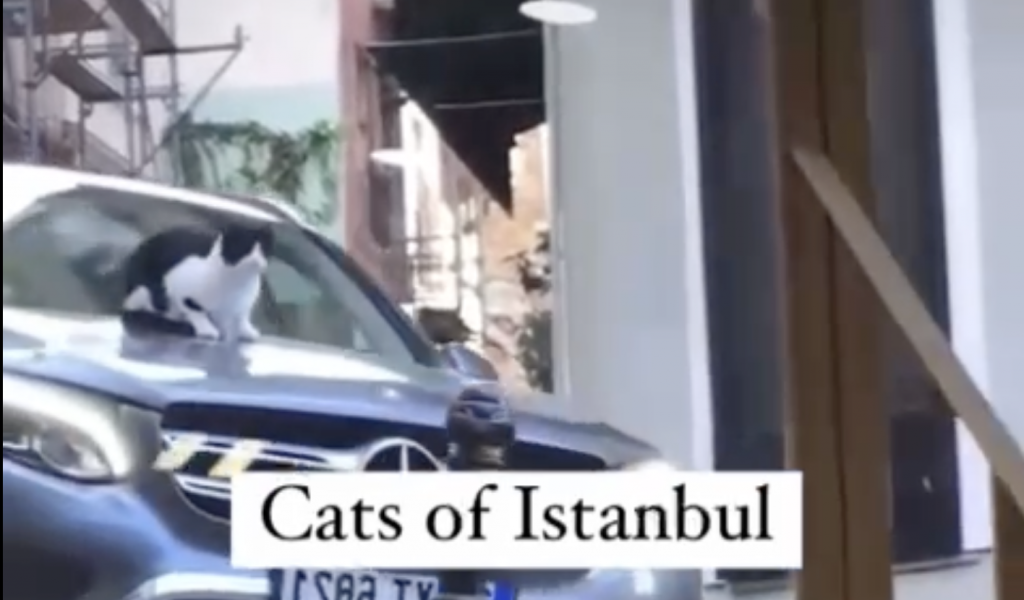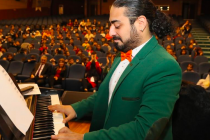A “chauffeur-driven” Istanbul cat has received an outpouring of affection after footage of the feline sitting on the bonnet of a moving car surfaced on social media.
The video was captured by an onlooker and shared on Instagram and X (formerly known as Twitter) with the captions ‘Cats of Istanbul’ and ‘Cats’ favourite city’. The two posts combined gained over 250,000 likes, and the video was viewed over 2 million times on X alone.
Social media users expressed delight at the spectacle. “One more reason to love Istanbul” wrote an X-user. “Brightened my day,” said another.
One social media-user claimed to recognise the black and white rider from one of Istanbul’s popular historical neighbourhoods, posting, ‘I know this crazy one, it hangs out on Serdar-i Ekrem street in Galata’.
Instagram users made jokes about the cat’s decision to sit atop the Mercedes. ‘You may be cool, but never as [cool] as a cat riding a Benz’ one viewer commented. ‘The cat called Uber’ wrote another.
This is not the first time a feline has gone viral in Turkiye. Last September, a mother cat was caught on camera swiping a whole chicken from a nearby supermarket, before carrying it to her kittens and feeding them with it. In March 2021, another mother cat made the news after bringing her kittens to an Izmir vet for treatment.
Street cats have long been a beloved feature of life in Istanbul, and across Turkiye. The four-legged creatures enjoy a special status among many Turks, and generous souls often feed and shelter them in their neighbourhoods and workplaces. Cats often sleep, play and enjoy human company in Turkish cafes, restaurants, shops and mosques. Many street cats are even known in local communities by name.
View this post on Instagram
Caring for street animals and wildlife is a centuries-old tradition in Turkish and Islamic culture. In Turkiye, this dates back to as early as Ottoman times.
In the nineteenth century for example, a special “hospital” especially for treating wounded storks was established in the Turkish city of Bursa. The building is still in twice-weekly use as a veterinary practice to this day.
Earlier still, the eighteenth-century Valide-i Cedid Mosque in Uskudar on Istanbul’s Asian side, boasts ornate purpose-built birdhouses.
These two institutions are among many Ottoman structures that feature similar animal-friendly and charitable additions, highlighting Turkiye’s ongoing love for its furrier and feathered residents.




